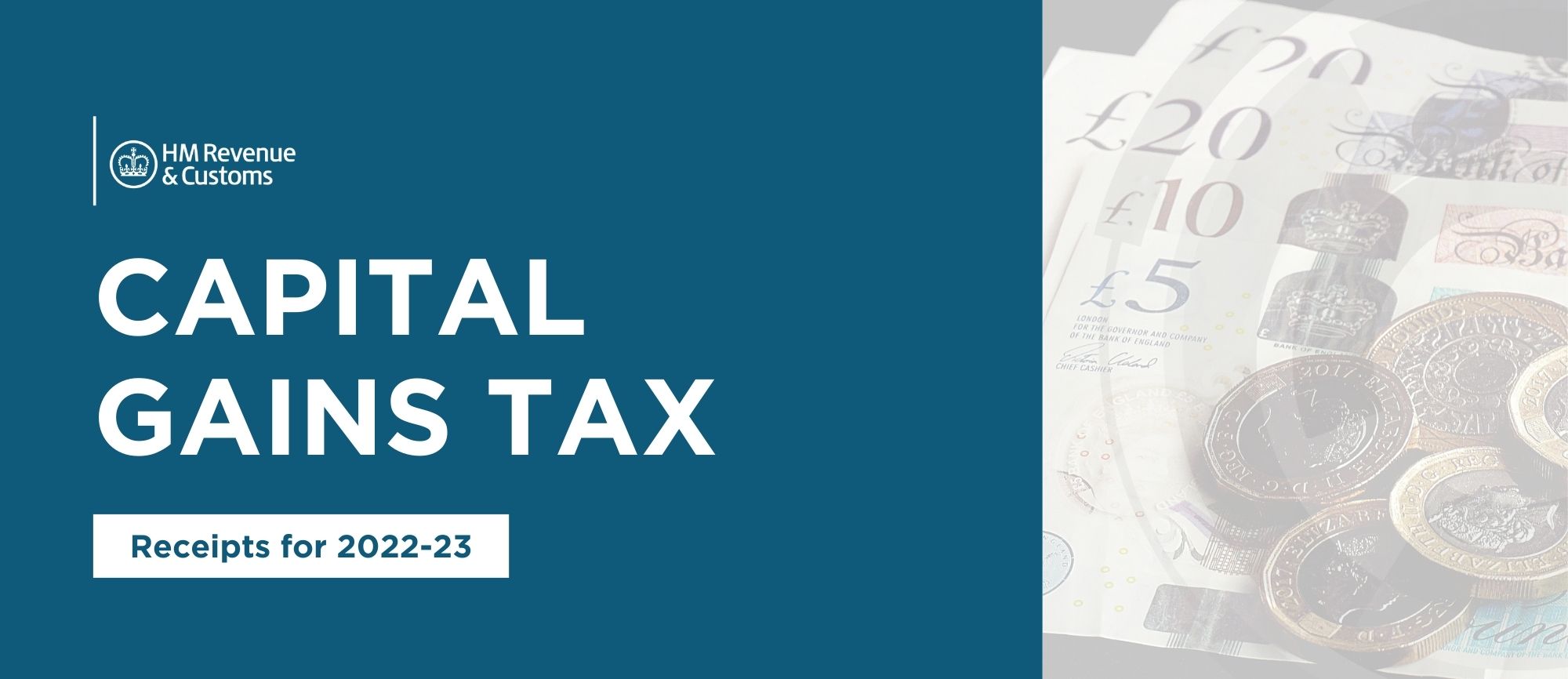The facts and figures
369,000 people paid £14.4 billion in capital gains tax (CGT) in 2022-23, according to the latest figures from HMRC. This represented an 8% decrease in the number of taxpayers and a 15% decrease in the total liability against the previous tax year.
HMRC noted that most of the CGT came from the small number of taxpayers who made the largest gains. In 2022-23, 41% of the CGT receipts came from those who made gains of £5 million or more. This represents around 1% of individuals liable for the tax.
By comparison, around one third of taxpayers had gains under £25,000 and contributed roughly 1% to the total CGT receipts.
London and the South East accounted for around half of the total gains and liability in 2022-23. This was consistent with previous years.
The 55 to 64 age group had the most CGT taxpayers in 2022-23. Along with the 45 to 54 age group, they also had the most gains and liabilities. These two age groups represented 47% of the CGT-liable population and contributed around 60% of the gains and tax in 2022-23.
Why did CGT receipts drop?
The fall in receipts is being put down to a difficult year for stocks and shares investors.
Global stocks and bonds lost more than $30 trillion in 2022, according to the Financial Times. This came as inflation, interest rate rises and the war in Ukraine triggered one of the biggest declines in asset markets since the financial crisis of 2008.
The cut to the annual exemption amount may have also had an impact on CGT receipts, amid heighted focus on tax-efficient planning.
The annual exemption amount (AEA) was cut from £12,300 to to £6,000 in 2022-23. It currently stands at £3,000 for 2024-25. HMRC previously estimated that by reducing the AEA around a quarter of a million individuals and trusts will be subject to the tax for the first time by 2024-25.
Laura Suter, director of personal finance at AJ Bell, argued that the slight drop in the tax take this year may be because fewer people were selling property and realising a gain.
“A slowdown in the property market during 2022-23 means that fewer people were selling their second homes or fewer landlords sold their properties compared to the previous couple of years. Because properties are larger assets, with often very chunky gains on them, they can significantly impact the figures,” she explained to FT Adviser.
The future for CGT
Despite the drop in 2022-23, the CGT tax take is expected to rise in the coming years.
The lowered AEA is predicted to pull more people into the tax, and analysts are anticipating major revenue-raising reform in Labour’s first budget on October 30.
Labour pledged not to hike income tax, national insurance or VAT in the lead up to the 2024 General Election, but Chancellor Rachel Reeves has warned that some “difficult decisions” needed to be made to fix the £22 billion fiscal hole she claims she has inherited from the previous Conservative government.
Sarah Coles, head of personal finance at Hargreaves Lansdown, told Money Marketing that the government could see capital gains tax as a possible “cash cow”.
Rumours have been swirling that Reeves could bring the rate in line with income tax or reduce the tax-free threshold further. Shaun Moore, tax and financial planning expert at Quilter, told Money Week that equalising CGT and income tax could lead to significant repercussions, however.
“Without anti-forestalling measures, there could be a rush to sell second properties, temporarily boosting housing market activity and prompting investors to reconsider their portfolios,” Moore explained.
Adrian Lowery, financial analyst at Evelyn Partners, told Money Week that increasing the CGT rate could also deter investment.
“In the case of a private business, a higher CGT rate might deter a sale altogether as the entrepreneur or family owner decides to keep hold and retain the income they are earning rather than sell up and pay a big tax bill,” he commented.

